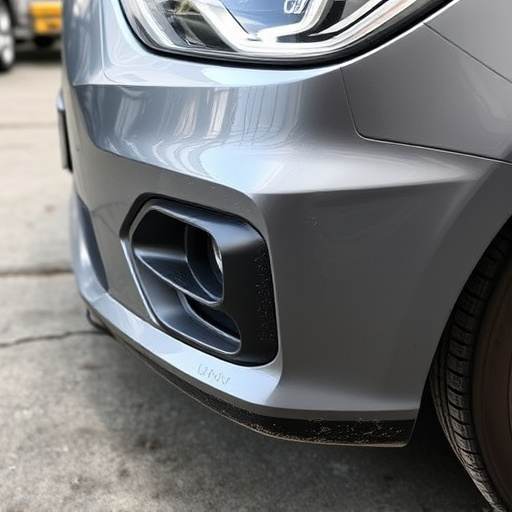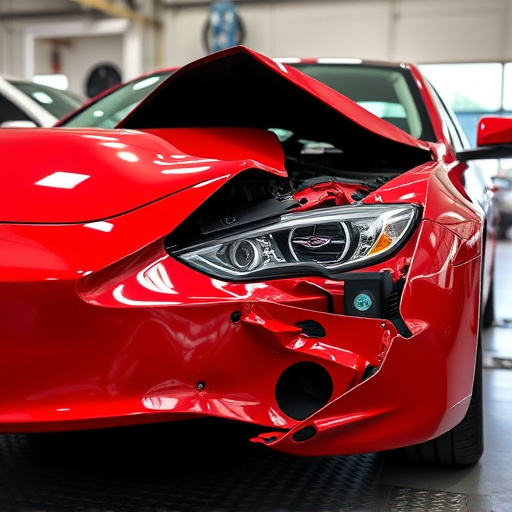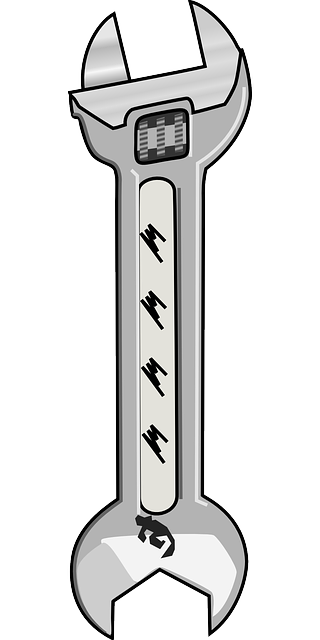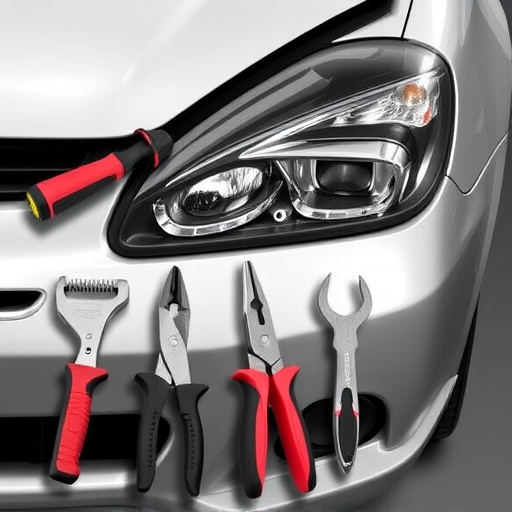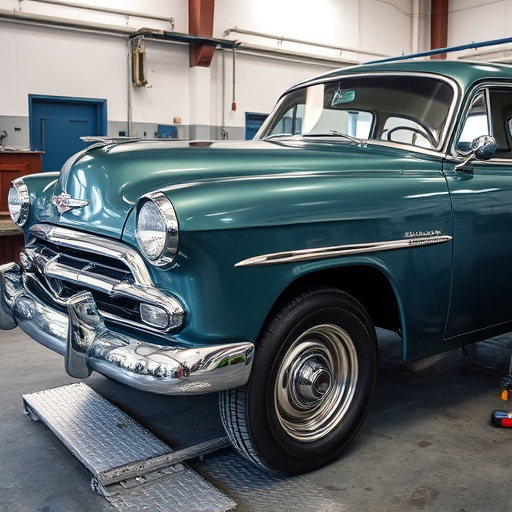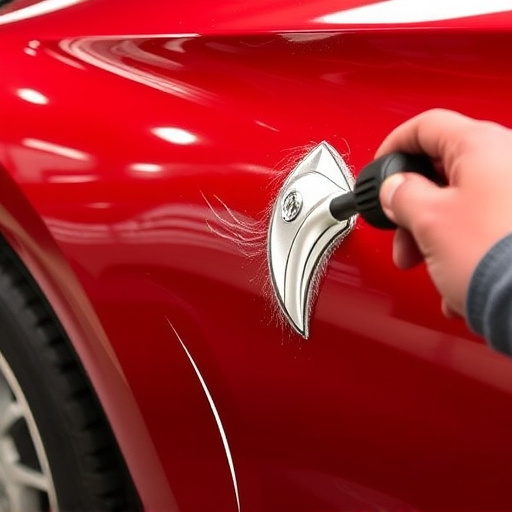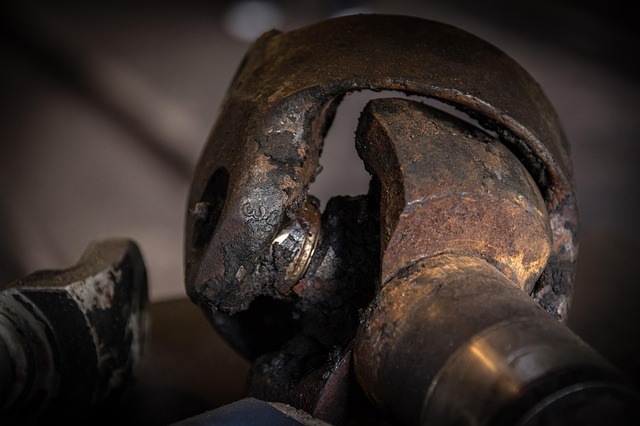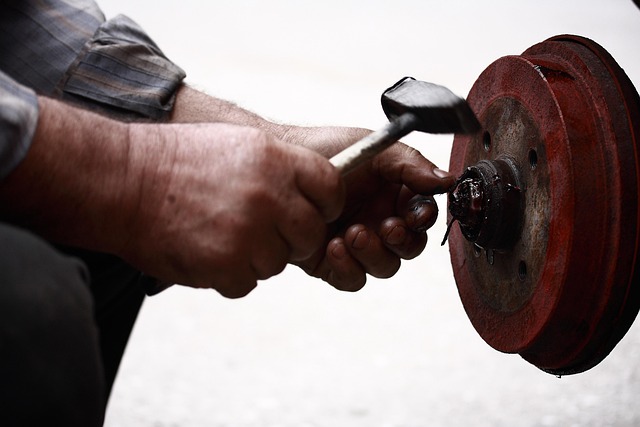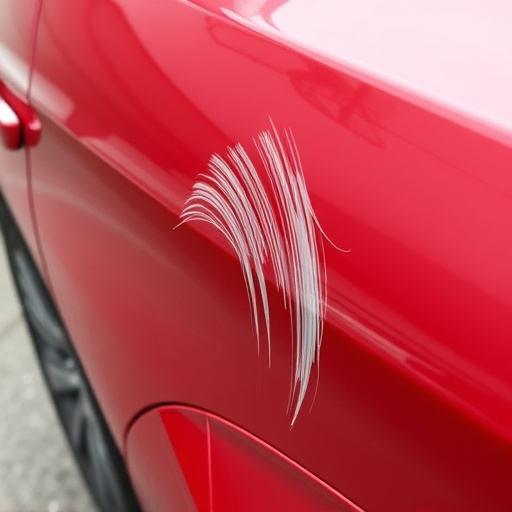The repair approval process is a critical component of vehicle warranty policies, ensuring repairs meet standards and fall within coverage. Customers or insurance providers submit estimates or claims, leading to technician assessments using advanced diagnostics. Approved repairs are facilitated by specialized centers with clear communication. Warranty policies offer financial protection but exclude normal wear, neglect, or unreported accidents. Navigating the repair process within warranty parameters is key for customer satisfaction and business reputation in today's digital era. Streamlined processes enhance claims management, reduce delays, and improve overall customer experience.
In today’s competitive market, understanding the intricate relationship between the repair approval process and warranty policies is paramount for businesses aiming to deliver exceptional customer experiences. This article delves into the strategic alignment of these two critical components, exploring how a streamlined repair approval process can enhance efficiency in claims management. By deciphering the flow of the repair approval process and analyzing warranty policies’ coverage and exclusions, businesses can optimize their operations and ensure customer satisfaction.
- Understanding Repair Approval Process Flow
- Warranty Policies: Coverage and Exclusions
- Streamlining Alignment for Efficient Claims
Understanding Repair Approval Process Flow
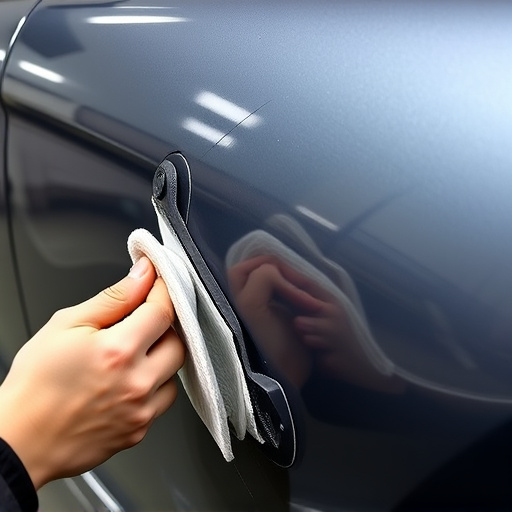
The repair approval process is a critical component of any vehicle warranty policy, ensuring that repairs are carried out to the required standards and within the scope of coverage. It involves a structured flow where the collision repair center receives an estimate or claim from the customer or insurance provider. This initial step sets the stage for further evaluation, as technicians carefully assess the damage, often employing advanced diagnostics to pinpoint precise repairs needed. For instance, in the case of a Mercedes Benz repair, this meticulous process is paramount to preserving the vehicle’s original quality and performance standards.
Upon approval of the estimate, the collision repair center initiates the repair work, utilizing specialized equipment and trained technicians to address the damage, be it a simple car scratch repair or more complex structural repairs. Throughout this journey, clear communication between the center, customer, and insurance company is key. Regular updates ensure transparency and facilitate timely decision-making, leading to efficient resolution of the claim. This streamlined process not only safeguards the customer’s interests but also ensures that covered repairs are executed according to the warranty policy guidelines.
Warranty Policies: Coverage and Exclusions
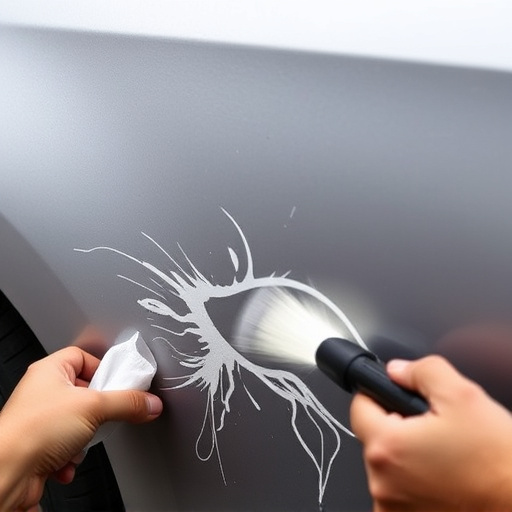
Warranty policies are an essential component of any automotive service or sales agreement, offering customers peace of mind and financial protection for their vehicles. These policies outline the scope of coverage and the types of repairs or replacements that will be honored, as well as any exclusions that may apply. In the context of a collision repair shop, understanding these warranty parameters is crucial for ensuring customer satisfaction and maintaining a positive reputation.
Coverage typically includes various aspects such as auto glass replacement, body work repairs, and sometimes even mechanical failures within a specified period after the repair or service. However, warranties often exclude certain scenarios like normal wear and tear, neglectful maintenance, or damage caused by accidents not reported to the warranty provider. For instance, a collision repair shop’s warranty might cover parts and labor for a specific period, but if a customer delays repair following an accident, it could void the warranty, making out-of-pocket expenses more likely for subsequent repairs like a replacement fender or frame straightening.
Streamlining Alignment for Efficient Claims
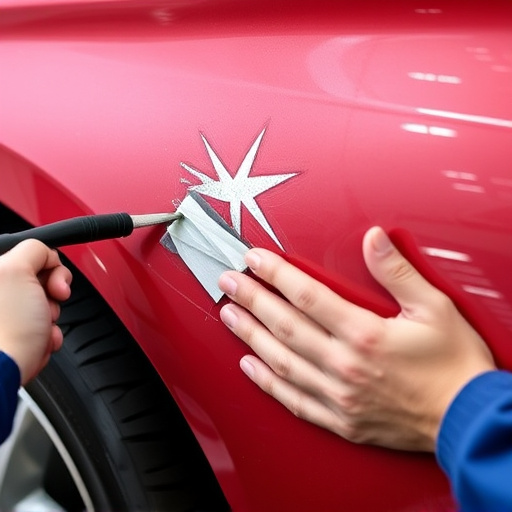
In today’s digital era, a streamlined repair approval process is essential for efficient claims management and customer satisfaction. By aligning closely with warranty policies, automotive businesses can ensure smooth operations and quick turnaround times. This synergy between processes allows for seamless handling of repairs, from initial assessment to final approval. With a well-defined system in place, technicians can swiftly determine the scope of work required, whether it’s as simple as a scratch repair or more intricate classic car restoration.
The integration facilitates accurate cost estimates and timely approvals, minimizing delays that could impact customer experience. For instance, when dealing with car bodywork issues, having a robust approval process in sync with warranty guidelines enables rapid decision-making. This not only benefits the business by reducing administrative burdens but also guarantees customers receive prompt notifications about their claim status.
The alignment of the repair approval process with warranty policies is pivotal for ensuring smooth operations and customer satisfaction. By understanding both components, businesses can streamline their claims management, offering efficient service while adhering to policy guidelines. This integrated approach enhances overall customer experience and builds trust in the brand’s commitment to quality and transparency.



